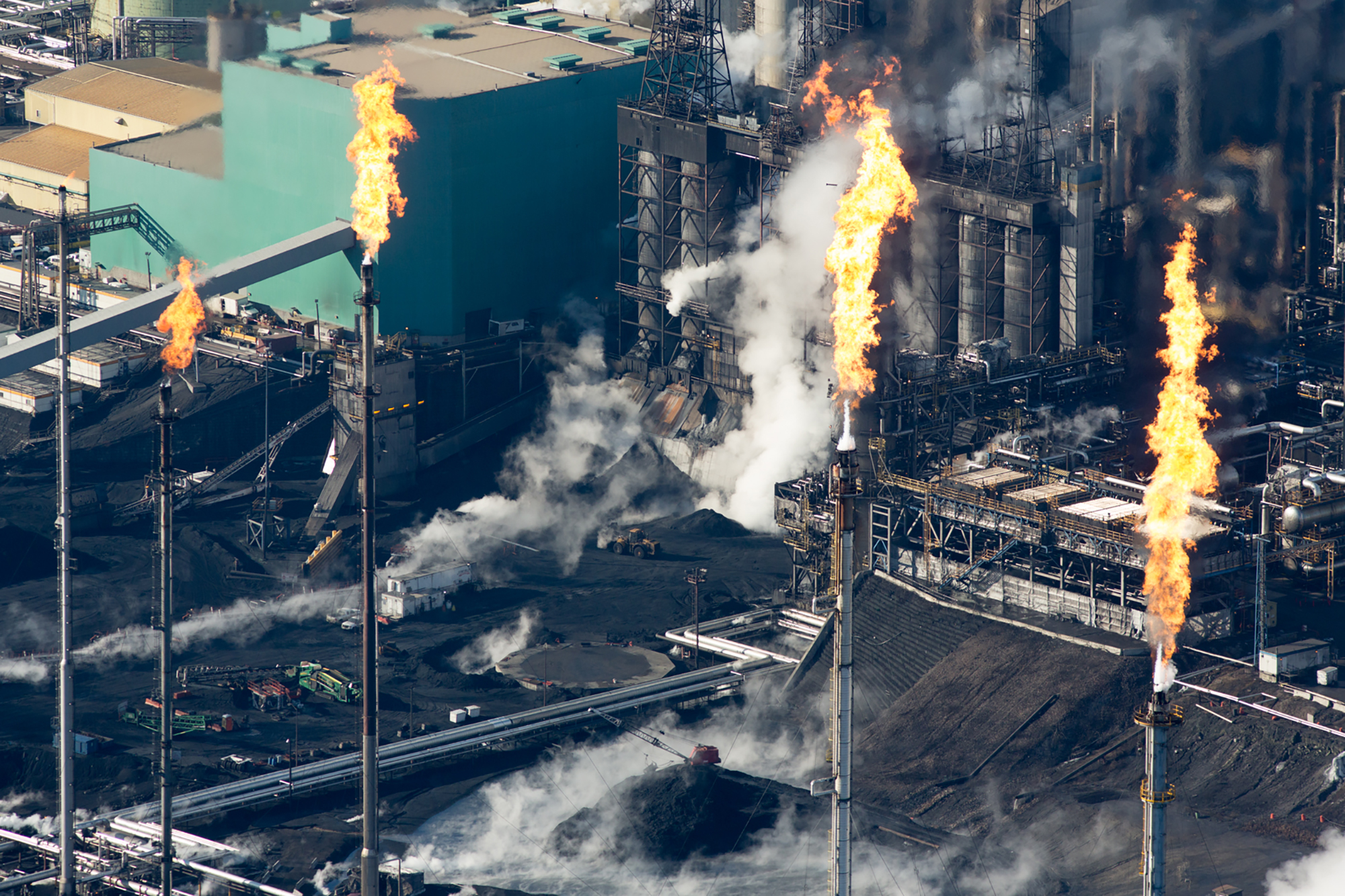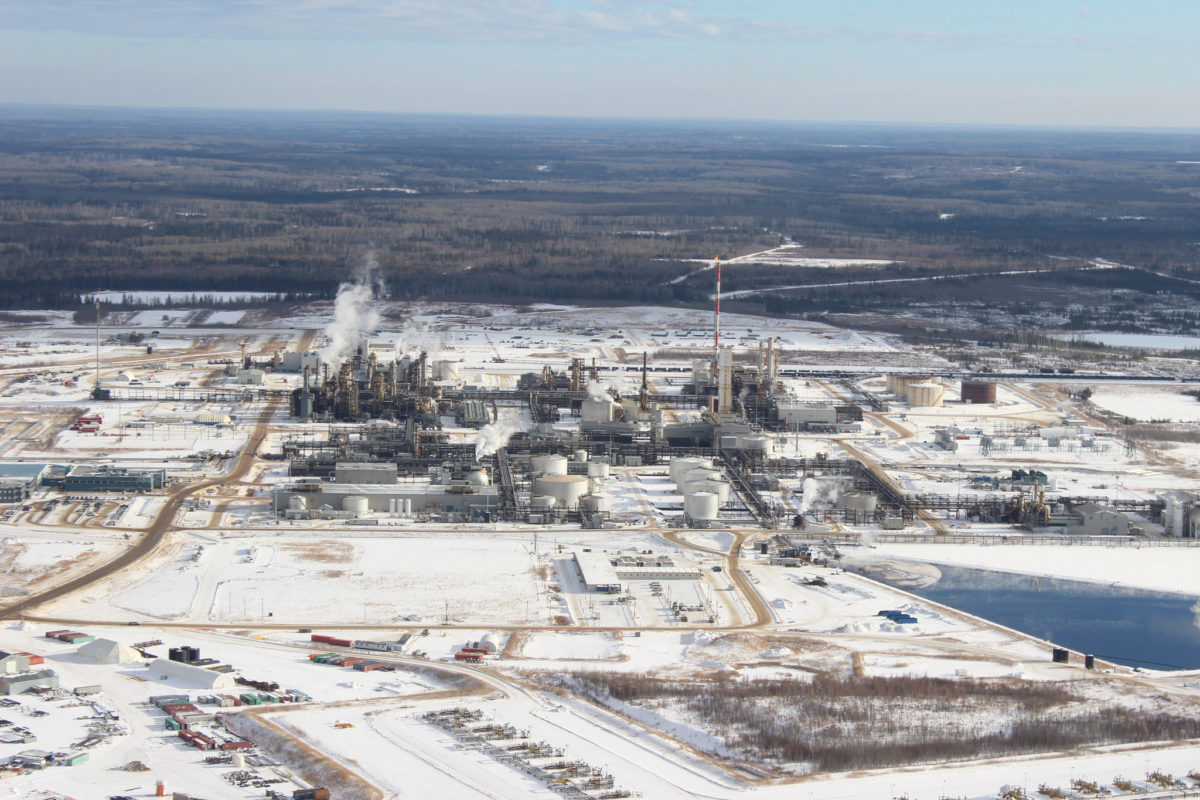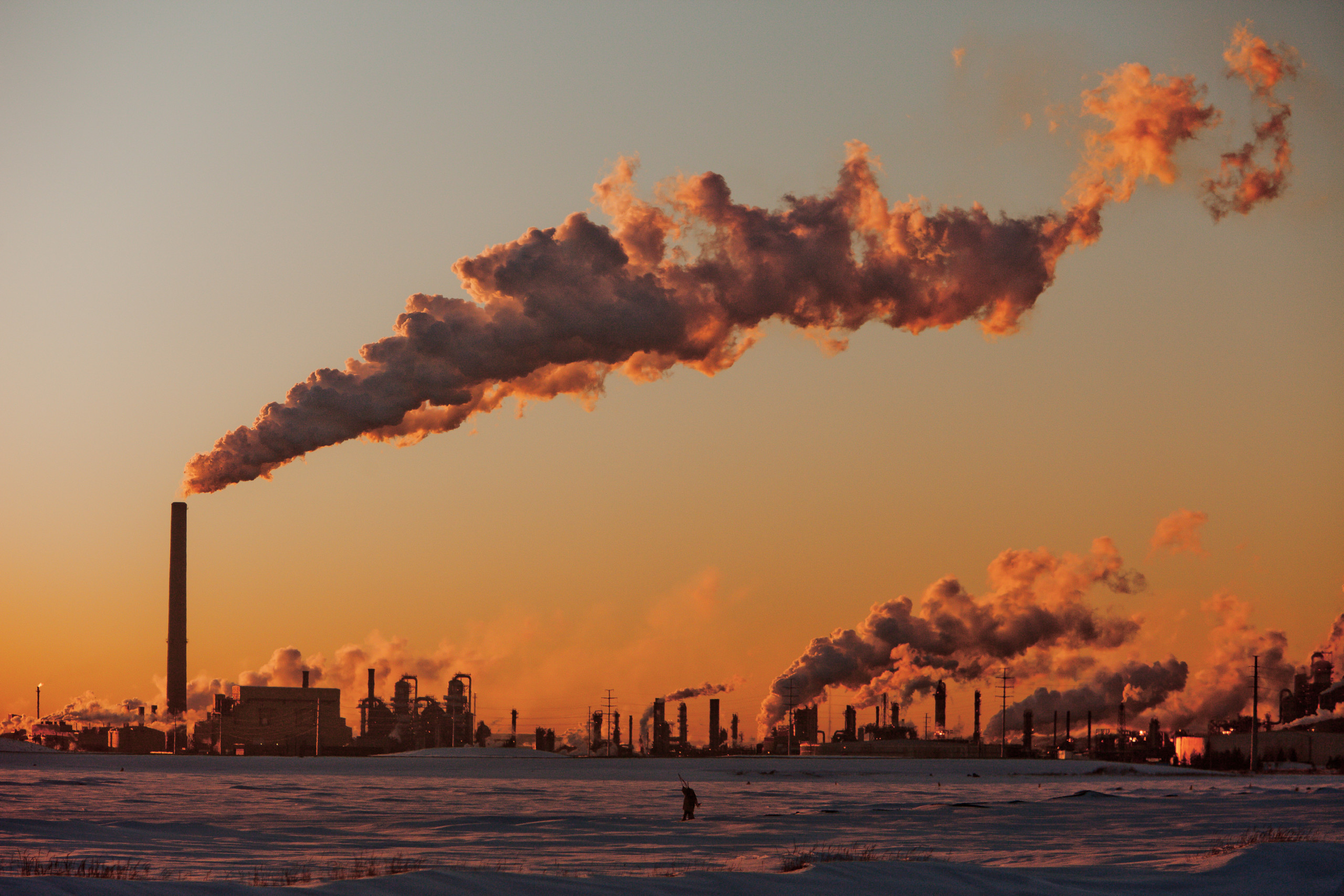
‘North of North’ star Anna Lambe believes (most) people can change
From True Detective to The Grizzlies, the Inuk actor is known for badass roles. She's...
2020 has been a rough ride for Alberta’s oil and gas sector, and although the year is coming to an end, the upheaval isn’t. Layoffs and mergers are increasingly becoming a new reality, with major players scrambling for ways to cut costs.
The year began with the Alberta government projecting $50 billion in revenue, average oil prices of US$58 per barrel, a 15 per cent increase in returns from the natural resources sector in the next two years and balanced books by 2023.
Then everything changed.
As countries around the world implemented restrictions to slow the spread of COVID-19, demand for oil declined dramatically, with the North American crude benchmark even dipping to negative prices.
Alberta’s financial forecast never materialized, either: revenue from non-renewable resources fell an estimated $3.4 billion short, while that $50 billion revenue projection was adjusted down to $41.4 billion. Balancing the budget by 2023? Not happening.
In the fall, Imperial announced it was laying off 200 workers, Suncor revealed plans to cut almost 2,000 jobs over the next 18 months and another 2,000-plus jobs could be lost with the Cenovus Energy and Husky Energy merger set to close early next year.
Alberta was already dealing with one of the highest unemployment rates among the provinces when the latest round of layoff announcements came down the pipe.
“It is hard to overstate the economic adversity that so many Albertans are going through,” Premier Jason Kenney said in early October after the news broke that Suncor planned to cut 10 to 15 per cent of its workforce.
“Since the very beginning of the COVID crisis, I’ve been clear that this is the largest economic crisis in Alberta since the Great Depression of the 1930s, with the largest global economic contraction, leading to the largest decline in energy prices in history, on top of five tough years.”
“What’s happening in Alberta today is nothing less than an economic emergency,” Kenney said, warning there could be more layoffs to come “from other companies that are hemorrhaging cash.”
Cratered demand, alongside a Russia-Saudia Arabia price war, sent oil prices into a downward spiral in the first half of 2020.
“This is probably the worst we’ve ever seen it, where we’ve had demand fall off a cliff so quickly,” Laura Lau, senior vice president and chief investment officer with the investment firm Brompton Funds, told The Narwhal.

Flares at a Suncor operation in the Alberta oilsands. News broke in October that Suncor planned to cut 10 to 15 per cent of its workforce. Photo: Alex MacLean
Oil prices “partially rebounded” since the lows of the spring as producers around the world cut production and the restrictions that limited travel were eased, according to the World Bank.
But while the International Energy Agency forecasts demand for oil in 2021 will be somewhat higher than it was in 2020, it’s expected to remain below pre-pandemic levels.
Oil prices may remain flat further into the future as well, according to Sara Hastings-Simon, a research fellow at the University of Calgary’s School of Public Policy and senior research associate at the Payne Institute for Public Policy at the Colorado School of Mines.
“Coincident with this pandemic is this shifting view of the future of demand for oil and gas,” Hastings-Simon said.
“In 2019, if you looked at the forecasts or the scenarios that the [International Energy Agency] and many of the major oil players were putting out, they still saw a lot of oil growth,” she said, adding that, at first, the decline driven by the pandemic was expected to be “a blip” followed by a return to increased demand.
But a new view of the future of oil has taken hold, one where the decline in demand for transportation fuels isn’t just related to the pandemic, but is also due to an expansion in electric vehicles.
Now oil companies are looking toward a future of relatively flat prices and limited — and eventually declining — growth, Hastings-Simon said.
“It’s also true of course we’re not going to stop using oil overnight, but it means that in order to be profitable, companies need to cut their costs,” she said.
The environmental impact of oil is a concern for investors as well, Lau said. And that’s affecting oil companies’ ability to access capital.
Investors are increasingly asking questions about the future of hydrocarbons, whether the assets they’re investing in will be stranded and what the companies are doing to cut emissions, she said.
While Lau said she still sees a future for hydrocarbons, given that they still account for a majority of energy produced around the world, she said renewables will take “a bigger and bigger share of the pie.”
But she’s also seeing more nuance developing in the investing movement that focuses on environmental, social and governance issues.
“I think the first wave … was no fossil fuels, no carbon, but now we’re starting to get people realizing that if you do that, what ends up happening if you don’t have a conversation and these companies never change,” she said.
As investors push for emissions cuts and reductions in water consumption, a number of companies have tried to benchmark their emissions and make improvements, Lau said.
According to a report from Lane Caputo Compensation, an executive compensation advisory firm, there is a “growing consensus” that executive pay should be more closely tied to performance on environmental, social and governance metrics.
The report found all but one of the Canadian energy companies included in the S&P/TSX Capped Energy Index published annual performance reports related to various environmental, social and governance issues.
Eighty-eight per cent of those companies track and report greenhouse gas emissions in their sustainability reports, but just 38 per cent include greenhouse gas reduction performance in their executive pay programs — a finding the report called “surprising” given the “financial, social, and political risk to the sector posed by its [greenhouse gas] emissions profile.
With oil prices low, “companies are trying to figure out how to survive,” Lau told The Narwhal.
Alongside a series of layoffs, there’s been consolidation in Alberta’s oil industry, and some companies have written off oilsands assets altogether.
On Nov. 30, Imperial announced it “no longer plans to develop a significant portion” of its unconventional assets in Alberta, writing off $0.9 to $1.2 billion.
That followed news in July that French fossil fuel giant Total was writing off $9.3 billion in Alberta oilsands assets.

Alberta’s oil industry is trying to cut costs to survive. Some companies are trying to write off the oilsands completely. Photo: Jason Woodhead / Flickr
Meanwhile, Cenovus and Husky said merging the two companies would allow for better returns for investors.
Cenovus CEO Alex Pourbaix told CBC at the time that further consolidation in the industry was “inevitable.”
About a month later, on Nov. 23, Suncor announced plans for the company to take over operations of the Syncrude joint venture, in which Suncor holds a majority stake, by the end of 2021.
Creating “larger, leaner companies” is one way to cut costs and ensure survival in the industry, Hastings-Simon said.
The trend of layoffs and consolidations — either from mergers or smaller companies that can no longer compete being absorbed by larger companies — along with less interest in developing new projects is all part of an effort to reduce costs, she said.
In its November oil market report, the International Energy Agency said “vaccines are unlikely to significantly boost demand until well into next year.” Some Alberta oil and gas companies are preparing for depressed oil prices into 2021.
Crescent Point Energy, for instance, announced Dec. 4 that it was cutting its capital spending budget for 2021, citing volatile prices. Just a couple of days earlier, Athabasca Oil announced plans to reduce capital expenditures next year, with spending largely focused on maintaining production from its Leismer oilsands project, The Canadian Press reported.
Suncor, meanwhile, budgeted higher capital spending, largely for maintenance projects, as well as higher production in 2021, with the expectation that consumer demand and commodity prices will continue to recover from pandemic lows.

The pandemic took a toll on Alberta’s oil industry, and while companies like Suncor appear to be optimistic that there will be higher production in 2021, experts like Laura Lau think that the “heyday” of Alberta oilsands development is past. Photo: Kris Krüg
But between the recent write-offs and some of the big international players exiting Alberta, Lau said she does not expect a return to “that big heyday we had before, with four or five big oilsands projects being built” all at once.
Instead, fewer companies will mean fewer projects moving forward, she said.
Hastings-Simon noted many of the existing oilsands projects have relatively low operating costs, which would allow them to produce oil for some time — and continue to be profitable for their shareholders.
But at the same time, she said there is a “real possibility that we are going to come out of this pandemic into a world that’s seeing decreasing oil demand in a sustained way and really different from any kind of boom-bust dynamic that we have had before.”
Alberta’s November 2020 fiscal update shows the impact the pandemic has taken on provincial coffers.
With a major decline in corporate profits, corporate income tax revenue for the current fiscal year is now expected to be less than half the $4.5 billion the government initially budgeted. Bitumen royalties are also expected to be $2.3 billion less than budgeted.
Hastings-Simon said Alberta needs to plan for a scenario where oil prices remain low, and in turn similarly low royalty revenues and tax revenues from oil companies.
Employment in the sector — particularly employment tied to developing new oilsands projects — isn’t likely to recover entirely.
“You’re starting to see comments from Imperial and Suncor and others that jobs will be declining going forward,” she said.
“It’s going to be very hard to find a single thing that replaces the oil industry just because of its scale.”
Hastings-Simon said Alberta should look to a range of sectors to create new jobs, including, developing the minerals needed for the clean energy economy.
As for ways to replace jobs lost in the oil sector? Hastings-Simon said there is no “silver bullet.”
One thing remains certain: 2020 hasn’t turned out the way anyone could have predicted — and the turbulence in Alberta’s oil industry was no exception.
Content for Apple News or Article only Get the inside scoop on The Narwhal’s environment and climate reporting by signing up for our free newsletter. This...
Continue reading
From True Detective to The Grizzlies, the Inuk actor is known for badass roles. She's...

Artist Alison McCreesh’s latest book documents her travels around the Arctic during her 20s. In...

I’ve watched The Narwhal doggedly report on all the issues that feel even more acutely...
